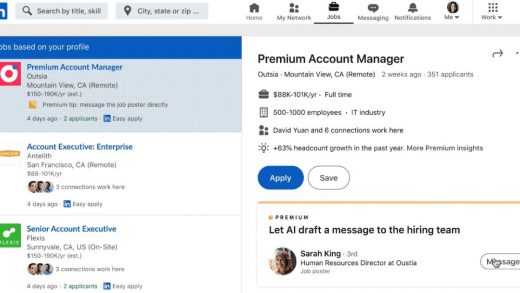
The Department of Telecommunications (DoT) issued an order dated March 28 seeking a temporary suspension of USSD-based call forwarding service. The order cites the rise of online scams and unwarranted usage of the facility as the reason behind the action. It is a temporary suspension, meaning the government body does not intend to permanently disable it, however, the official letter did not specify any date for its reinstatement. Notably, the agency launched the Chakshu Portal last month as a facility for the people of India to report suspected fraud communications.
In an order, the DoT said that it had noticed that the USSD-based call-forwarding facility was being “misused in some unwarranted activities” pointing at its usage for committing online scams and fraud. The suspension also hints at the facility’s vulnerability in security. “ In this regard, it was decided by the competent authority that all licensees shall discontinue the existing USSD based call forwarding services with effect from 15.04.2024 till further notice,” the regulator added.
The timing of the suspension could also be related to minimising the circulation of misinformation amid the upcoming Lok Sabha elections scheduled to start on April 19. Once the ban is in effect, users will not be able to activate the service by entering the *401# code. For all the users who already have the service activated on their phone number, the order stated, “All existing subscribers who have activated USSD based call forwarding service may be asked to reactivate call forwarding services through alternative methods to ensure that such services are not activated without their notice.”
USSD or Unstructured Supplementary Service Data is a session-based text-messaging service that does not require sending SMS and instead is activated by entering a particular code on the dialler screen. These codes trigger specific telecom-based services such as balance information, caller tunes activation, internet usage details, and call forwarding. Since these services are provided by the telecom operator, there is no need to download an app.
However, in recent times, this feature has been misused by cybercriminals. Multiple reports have found that fraudsters impersonated customer care representatives from the victim’s bank or telecom operator, and would get them to dial the 401 call forwarding code, followed by a number that was already in the hands of the scammers. Once call forwarding was activated, they could intercept any calls, including voice-based OTPs to steal victim’s money and sensitive data.


